What to do with your plants when you go on vacation? [CAN]
One of the most stressful parts of being a plant owner is the dreaded question of what to do when you're going on vacation? Here are some tricks I used successfully when we spent 2 months of the winter away.
![What to do with your plants when you go on vacation? [CAN]](/content/images/2021/09/polina-kuzovkova-jS6wix-Aqvg-unsplash.jpg)
One of the most stressful parts of being a plant owner is the dreaded question of what to do when you're going on vacation? The COVID-19 pandemic relieved a lot of that stress, but with lockdowns ending, more and more of us are wanting a much needed change of scenery after staying home for a year and a half. Here are some tricks I used successfully when we spent the winter away.
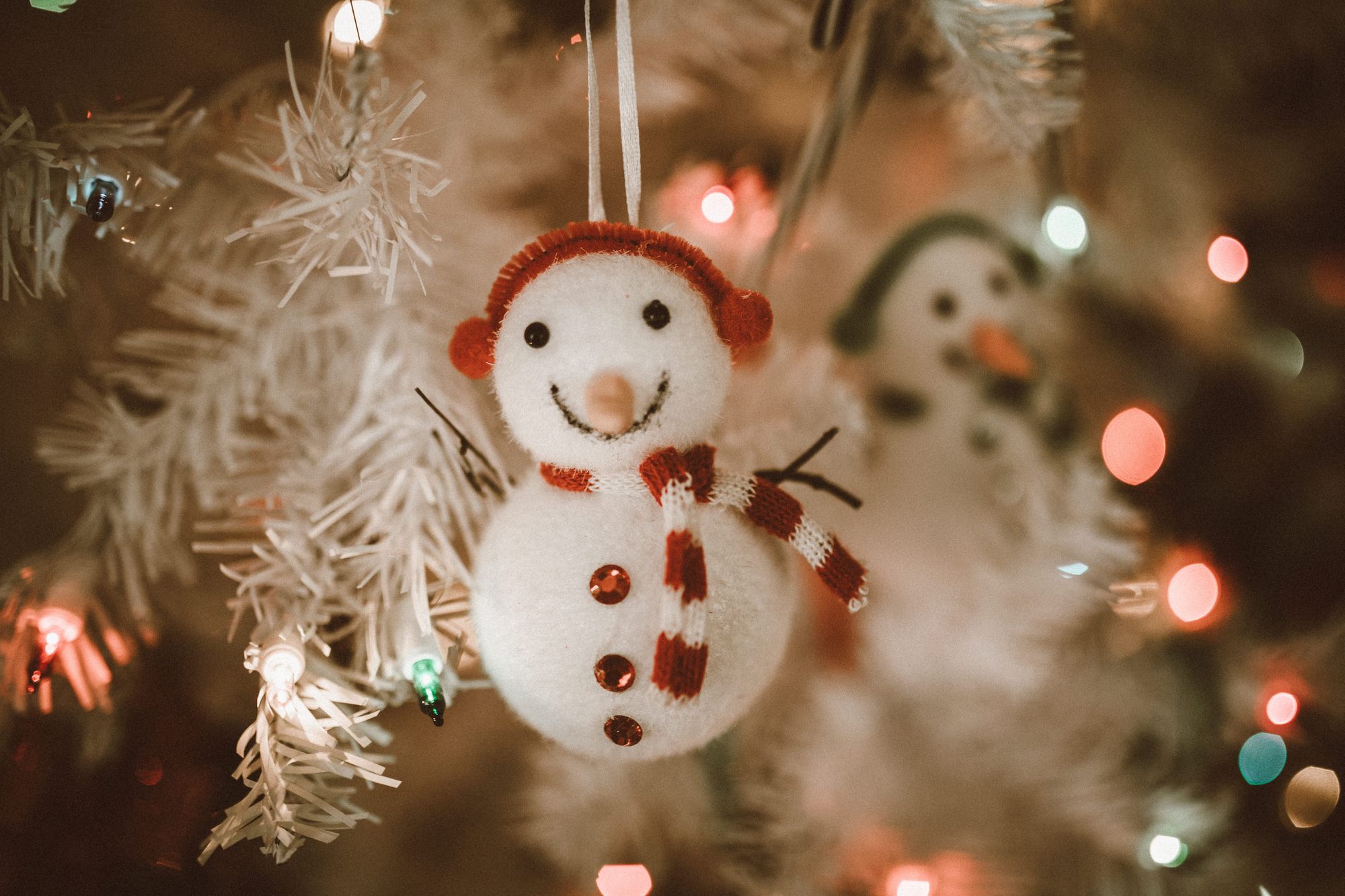
After spending nearly a year stuck in our tiny Montreal apartment, me and my boyfriend were starting to have major cabin fever. He insisted that we spend the remaining winter months up north in cabin in the woods. I desperately wanted to go, but at the back of my mind I was stressing out HARD about leaving my plants. Ultimately, I developed a strategy which was refined over a series of weeks. In this blog post, I will share my tips and tricks on how I maximized my plants survival while I was on vacation.
Supplies and resources:
- Very helpful neighbour (depending on length of vacation, may not be needed)
- Cotton string
- Ziploc bags
- Plastic containers or jars
- Self-watering planters
- Humidifiers (needed primarily during winter)
- Ikea greenhouses (how I already kept my plants)
- Smart plug
Context:
Important to note is the context in which I left my plants. As you may know, I live in Montreal, Canada where winters are extremely cold, dark, dry, and long, and summers are pretty hot and very sunny. My experience was based on leaving my plants for 2 months between mid-February and the first week of April (temperature range = -10 to -30 degrees C/14 to -22 F; sunsets between 4:00 - 5:30 PM). I also had the occasional help of my very helpful neighbour.
Additionally most of my plants are in Ikea greenhouses (see my conversions: Milsbo tall, Milsbo wide, Fabrikor tall, Fabrikor wide).
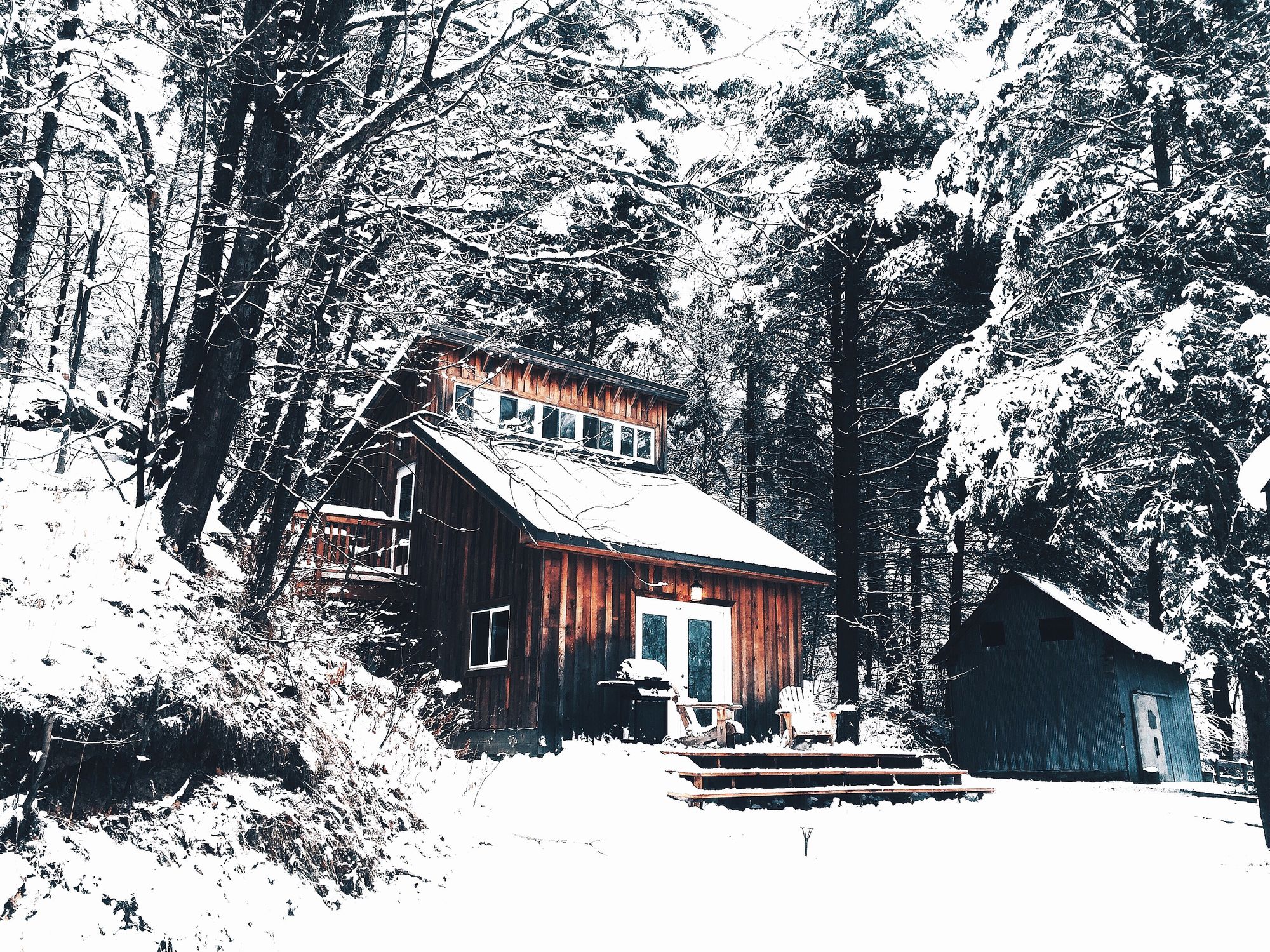
Who will water my plants?
Depending on how long your trip is, it's possible that you won't need anyone to come water your plants. I returned to check on every 2-3 weeks. After implementing the following, I noticed my plants did not need water after 2 - 2.5 weeks.
Self-watering planters:
Having a lot of plants in self-watering planters is one of the easiest ways to leave them on vacation. Fill the reservoir with water right before you leave and the plants will water themselves when they need it via capillary action.
There are many kinds available, these are some of my favourites:
These following three are great because they use a cotton string to draw the water towards your medium. I have tried them with sphagnum moss, aroid mix, LECA, and Lechuza pon with great success.




This one is a great Lechuza knock-off that comes with a water indicator, and it comes in white:


Lechuza makes very good self-watering planters, but they are quite expensive and always sold out on their website.
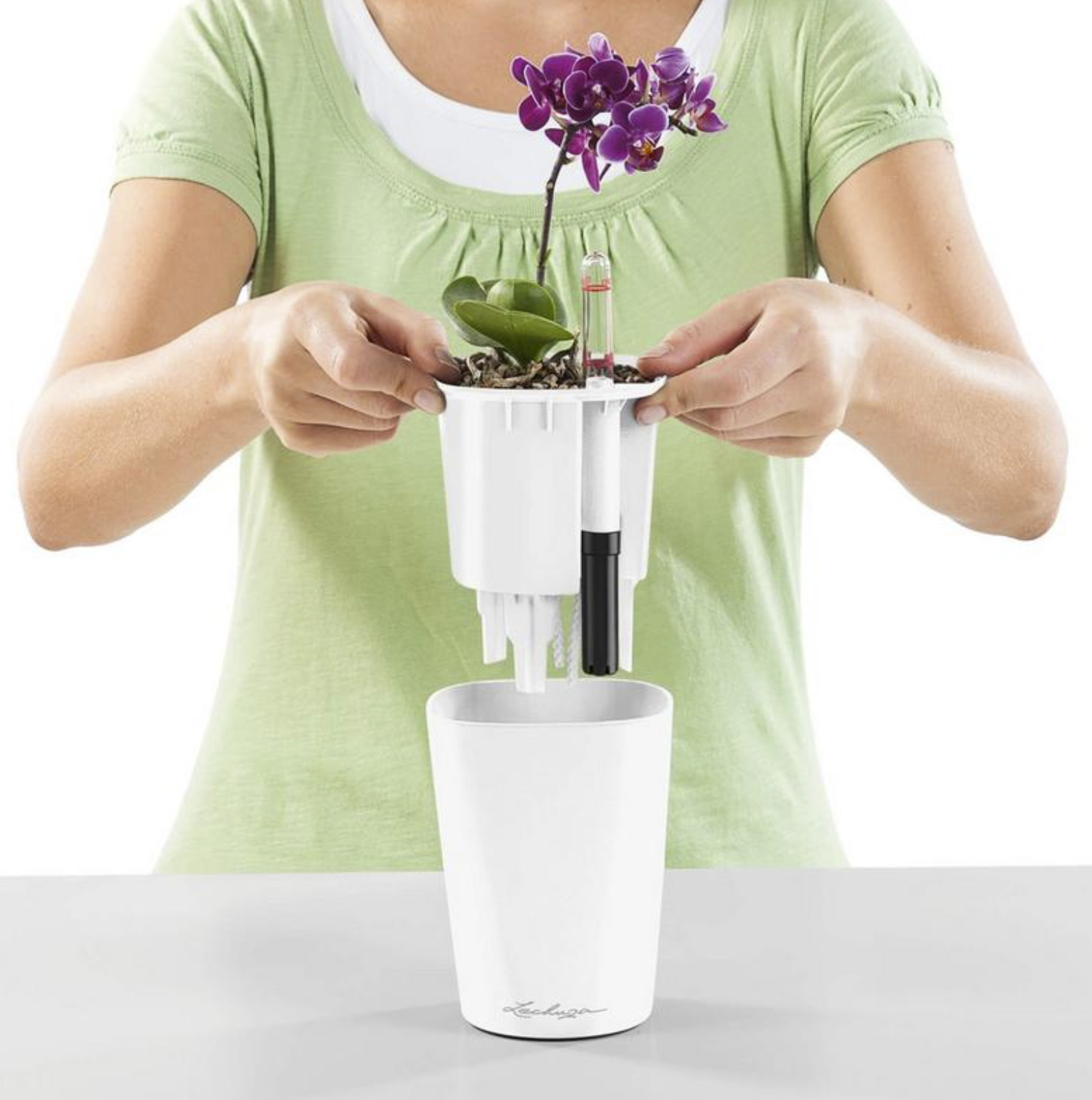
These are some great larger options for bigger plants:


This rectangular planter even saved my calatheas! I swear they looked better than when I left them.

DIY Self-Watering Planters
Want an affordable way to make your own? All you need is a pot, some cotton string, and a reservoir.
How to make your own:
- Thread a piece of cotton string through the bottom of your planter.
- Place that planter in a reservoir that allows some space on the bottom for water.
- The string will sit in the water and through capillary action will water your plant when the media is dry.
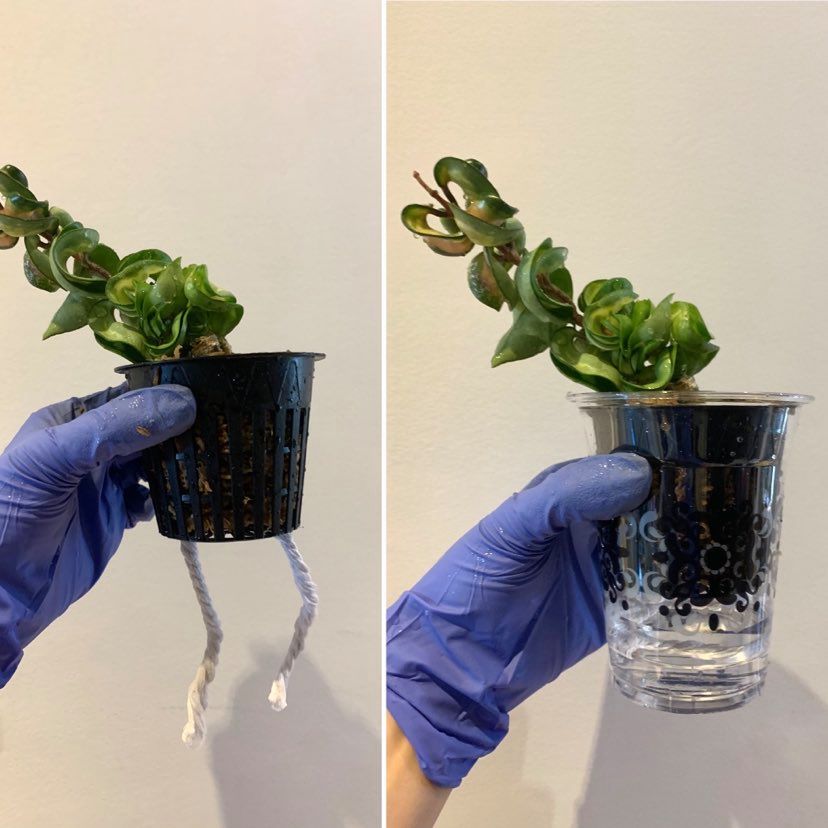
What about plants not in self-watering planters?
Of course, not all of my plants are in self-watering planters. Thus, for plants in sphagnum moss or fussy humidity loving plants (e.g., alocasia, begonia, and certain philodendrons), I placed them in ziploc bag with the leaves out to keep the media moist.
Here is an example of my sad looking Syngonium Chiapense. When I came to check on my plants after the first two weeks, without any special measures taken, I noticed this plant (and many others) was extremely sad. The moss had dried all out and she was clearly very thirsty. Thus, I put watered her thoroughly and put the base in a ziploc bag like below and returned her to the greenhouse.
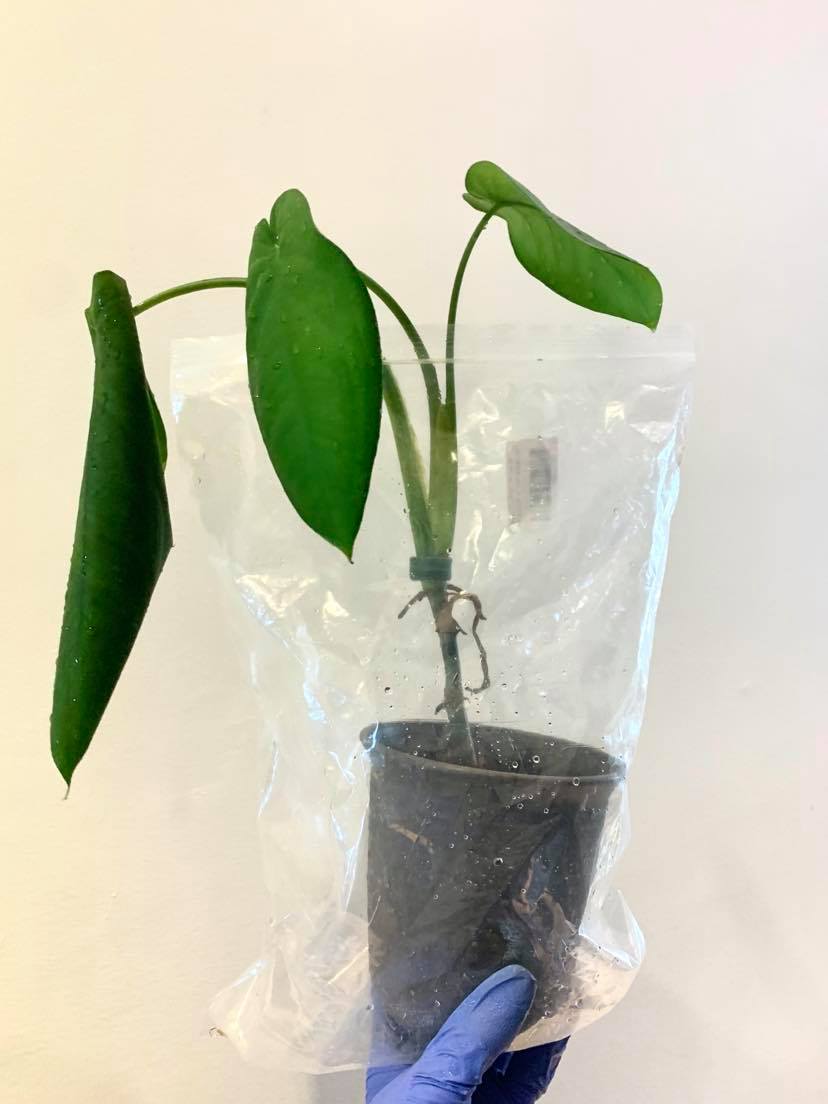
Philodendron Pink Princess getting the ziploc bag treatment as well. Unfortunately, I don't have a before picture. But here she is in April, two months after I have been away, looking very good.
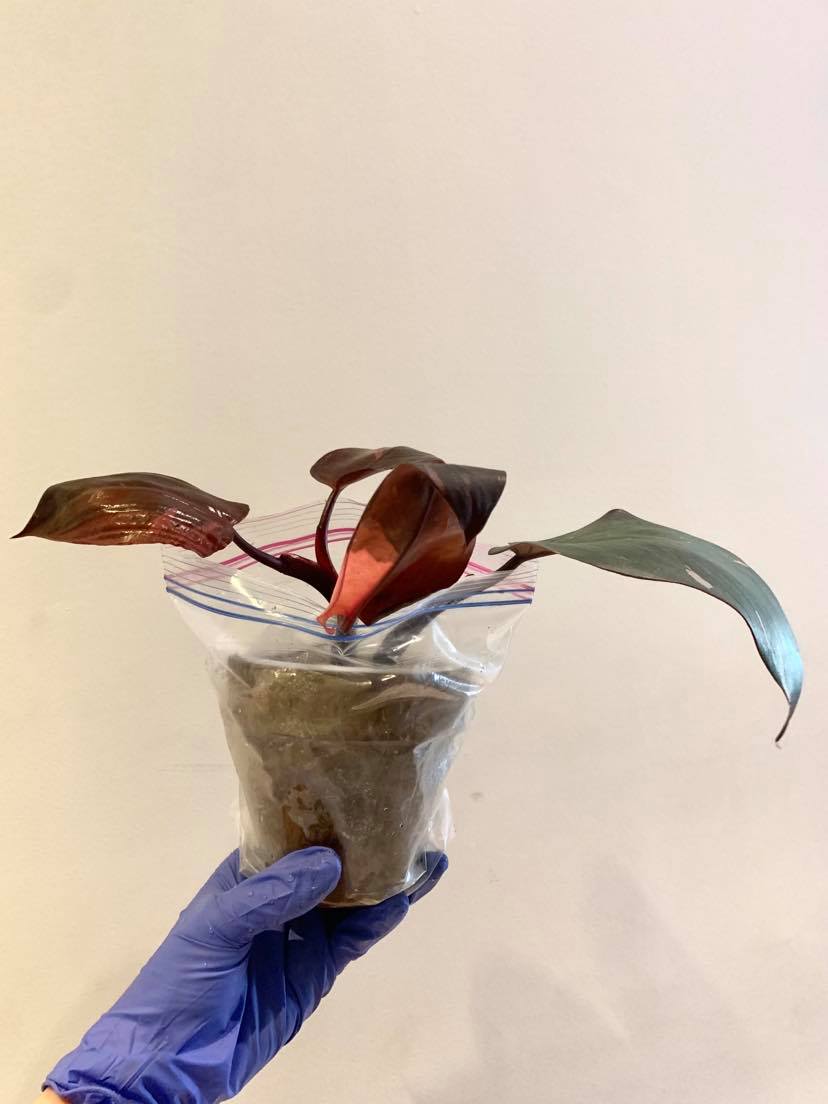
What about plants that are too big to be in ziploc bags?
The largest pot I could fit into a ziploc bag was 6 inches. Thus, I created a self-watering system for plants in close vicinity with a jar and some cotton string.
How does it work?
- Fill a large jar or plastic container with water.
- Place this jar in a central location to a few plants on a shelf. Alternatively,
- Cut a piece of string for each plant to be connected to the water container.
- Place one end of the cotton string in the plant's media, and the other end goes into the water container.
- The plant will get watered when its media is dry via capillary action.
Here are some examples:

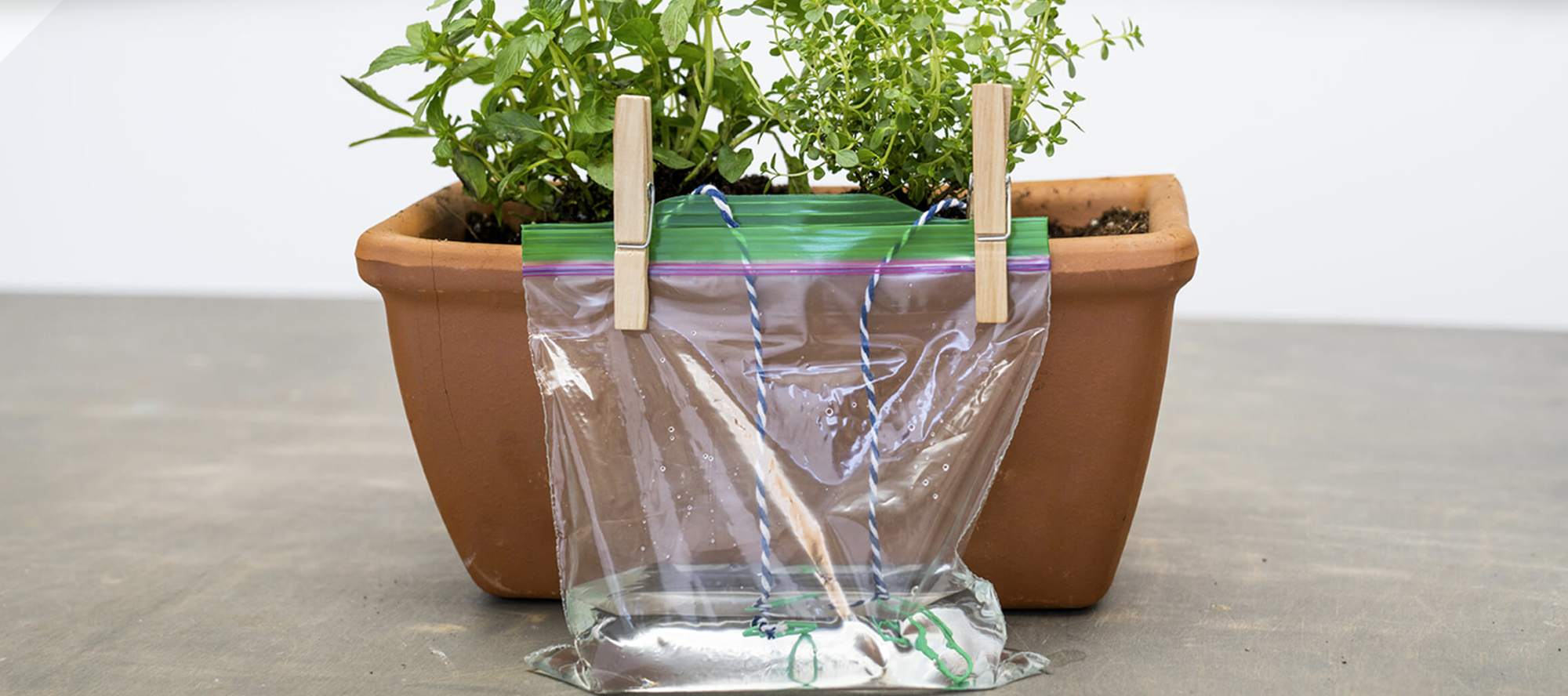
How do I keep humidity up in my greenhouses while I'm gone?
This is a trickier one. Obviously refilling a humidifier can't be automated!
Pebble trays
Pebble trays are an easy and low maintenance way of increasing the humidity inside a greenhouse. I also felt that if the humidity was kept elevated it would reduce the need for watering.
To construct a pebble tray, find a garden tray and fill the bottom with rocks or LECA.


I have a pebble tray at the bottom of 3 out of 4 of my greenhouse cabinets.

Ideal scenario: Helpful neighbour
Pairing the above tactics with a helpful neighbour or friend (who you trust with your plants) will be the ideal scenario to reduce your plant-related stress while on vacation.

Tasks for neighbour:
Since I have a lot of rare and expensive plants and oftentimes non-plant people think plants require a lot more water than they do. I set-up all of the above to ensure they never would have to water my plants. I only asked my neighbour to do two tasks:
- Fill my pebble trays with water.
- Refill the humidifier when its empty (step only necessary during very dry winters).
How to prepare your neighbour:
- Give them an in-person tour of all your plants before you go away.
- If you have particular instructions about a plant, put a post-it note on the plant. For example, "No need to water!"
- Prepare a document with all your instructions.
- Email the instructions to your neighbour.
- Print the instructions and leave near your plants.
- Prepare all necessary watering tools and leave in an easy to access place.
- Tip: If you have multiple greenhouses, shelves, etc., label them with a post-it (e.g., "#1")
To make it easier for my neighbour to fill up the pebble trays, I prepared several bottles of water. I also printed a copy of my instructions for easy access.
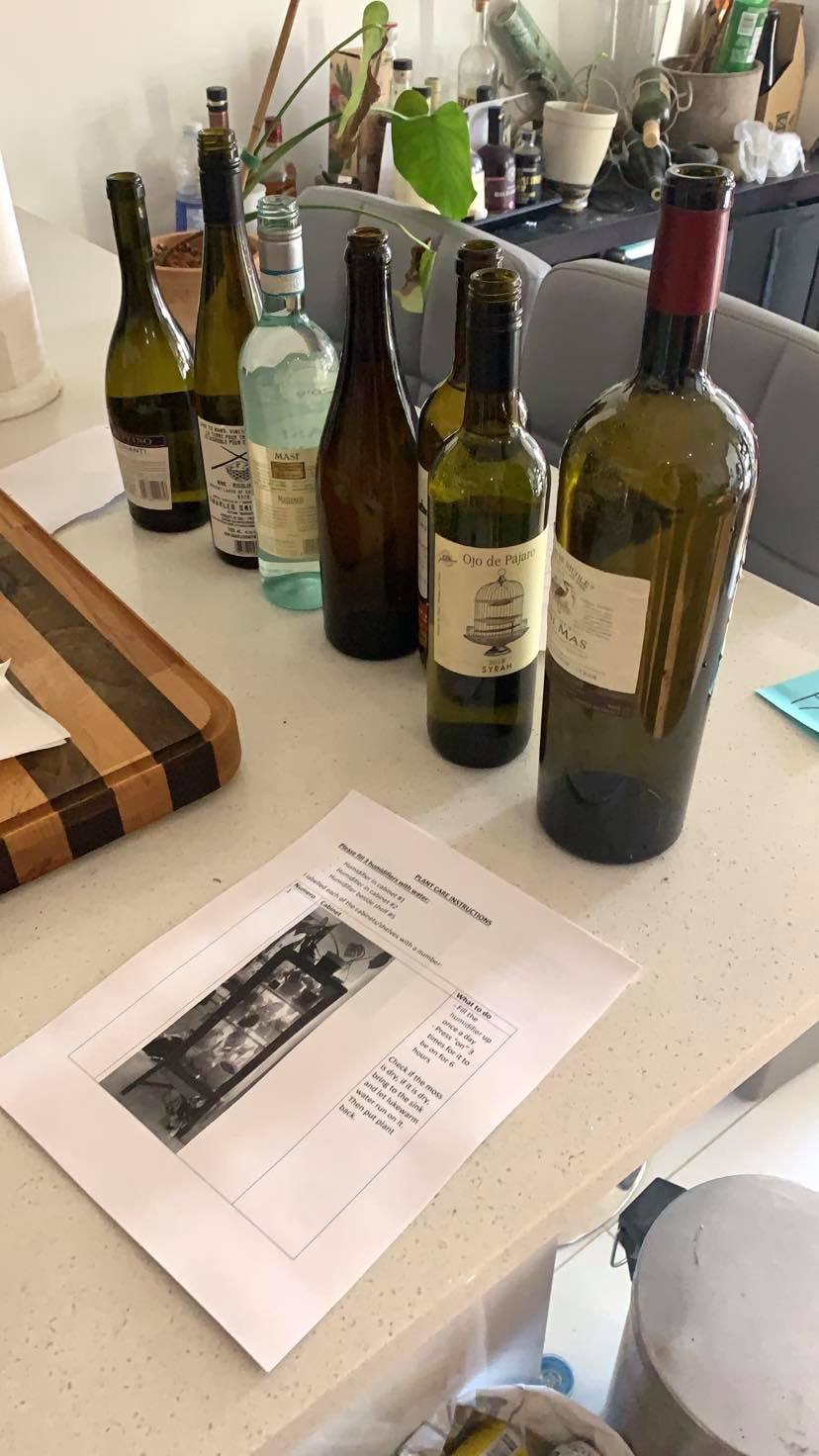
My plants were able to survive up to 2.5 weeks of my absence with the above tips. Keep in mind the context: Montreal in winter with visits every 2 weeks.
Now go on your vacation with a little peace of mind!

